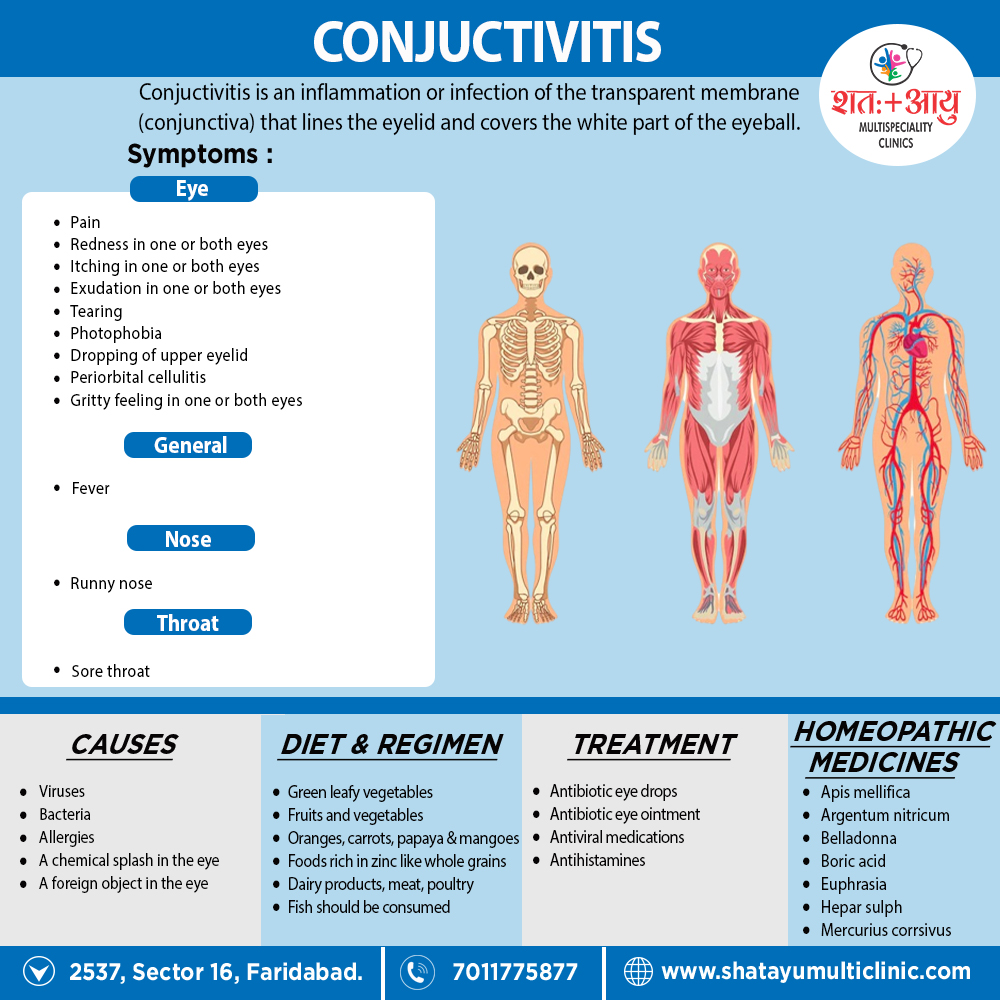Homeopathy treats the person as a whole. It means that homeopathic treatment focuses on the patient as a person, as well as his pathological condition. The homeopathic medicines are selected after a full individualizing examination and case-analysis,
which includes;
- the medical history of the patient,
- physical and mental constitution,
- family history,
- presenting symptoms,
- underlying pathology,
- possible causative factors etc.
A miasmatic tendency (predisposition/susceptibility) is also often taken into account for the treatment of chronic conditions. A homeopathy doctor tries to treat more than just the presenting symptoms.
What Homeopathic Doctors do?
The focus is usually on what caused the disease condition? Why ‘this patient’ is sick ‘this way’. The disease diagnosis is important but in homeopathy, the cause of disease is not just probed to the level of bacteria and viruses. Other factors like mental, emotional and physical stress that could predispose a person to illness are also looked for.
No, a days, even modern medicine also considers a large number of diseases as psychosomatic. The correct homeopathy remedy tries to correct this disease predisposition. The focus is not on curing the disease but to cure the person who is sick, to restore the health. If disease pathology is not very advanced, homeopathy remedies do give a hope for cure but even in incurable cases, the quality of life can be greatly improved with homeopathic medicines.
The homeopathic remedies
The homeopathic remedies (medicines) given below indicate the therapeutic affinity but this is not a complete and definite guide to the homeopathy treatment of this condition. The symptoms listed against each homeopathic remedy may not be directly related to this disease because in homeopathy general symptoms and constitutional indications are also taken into account for selecting a remedy.
Medicine:
Argentum nitricum:
- Especially, Purulent, protargol more useful.
Belladonna:
- Bright redness, photophobia.
Boric acid:
- Specifically, for Saturated solution, with cocaine two to three grains to the ounce.
Rhus tox:
- it is indicated especially in much swelling of lids.
Hepar sulfurious:
- Purulent conjunctivitis, with marked chemosis, profuse discharge, great sensitiveness to touch and air. Moreover, Eyes and lids red also inflamed. Pains in the eyes as if pulled back into the head. Vision obscured by reading; field reduced one-half. Worse – from dry, cold winds; cool air; slightest draught, touch. On the other hand, Better – in damp weather; from wrapping head up; warmth; after eating.
Mercurius Corrosivus:
- Excessive photophobia and acrid lachrymation. Little tendency to pus formation. Pain severe at night; burning, shooting, tearing. Lids oedematous, red, excoriated. Especially, Soreness of the eyes.
Apis mellifica:
- For acute conditions, lids swollen, red, oedematous, everted, inflamed, burn also sting. Conjunctiva bright red, puffy. Lachrymation hot. Photophobia. Sudden piercing pains. Suppurative inflammation of eyes. Keratitis with intense chemosis of ocular conjunctiva.
Euphrasia:
- Catarrhal conjunctivitis.; discharge acrid, thick, also excoriating. Eyes water all the time. Additionally, Burning and swelling of the lids. Lastly, Frequent inclination to blink. Pressure in eyes.

